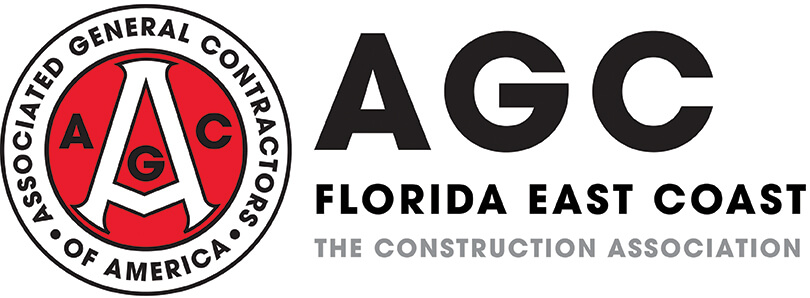Construction Firms Add 25,000 Jobs In July With Gains In All Subsectors As Pay Rises Faster Than Other Industries, Unemployment Rate Holds Steady
Average Construction Pay Hits $35.77 an Hour as Firms Work to Hire Enough People to Keep Pace with Demand, Construction Officials Urge Public Officials to Boost Support for Workforce Education
The construction sector added 25,000 jobs in July as wage gains continued to outpace increases in the broader economy, according to an analysis of new government data the Associated General Contractors of America released today. Association officials said the biggest challenge for the industry remains finding enough workers to keep pace with demand and urged public officials to boost support for construction education and training programs.
“The construction industry has maintained a steady pace of employment gains even as job growth has cooled in other sectors,” said Ken Simonson, the association’s chief economist. “Both residential and nonresidential construction firms are adding workers, and the industry’s ‘wage premium’ is growing relative to other sectors.”
Construction employment in July totaled 8,260,000, seasonally adjusted, an increase of 25,000 from June. The sector has added 239,000 jobs or 3.0 percent during the past 12 months, nearly double the 1.6 percent increase for total nonfarm employment.
All types of construction firms added employees in July. Nonresidential construction firms added 16,200 employees, including 2,000 at building firms, 11,300 at specialty trade contractors, and 2,900 at heavy and civil engineering construction firms. Employment at residential firms rose by 9,100, including 1,700 at builders and 7,400 at specialty trade contractors.
Average hourly earnings for production and nonsupervisory employees in construction—covering most onsite craft workers as well as many office workers—climbed by 4.4 percent over the year to $35.77 per hour. In contrast, overall private sector pay for production workers rose 3.8 percent, to $30.14. That difference in hourly pay constituted a wage “premium” of nearly 19 percent compared to the overall private sector.
The unemployment rate among jobseekers with construction experience was 3.9 percent in July, unchanged from a year earlier. Simonson remarked that this is another indication of steady demand for construction.
Association officials noted that the federal government spends four times more each year on four-year degree programs than it does on training and education programs for fields like construction. They urged public officials at all levels of government to boost funding for program that expose workers to career opportunities in fields like construction. They also called on Congress and the Biden administration to allow more people to lawfully enter the country to work in construction to provide short-term relief for workforce shortages.
“Considering that construction careers pay well and are in demand, it makes sense for public officials to do more to expose people to the profession,” said Jeffrey D. Shoaf, the association’s chief executive officer. “Construction firms can’t build if they don’t have enough people to do the work.”
View the construction employment data.
